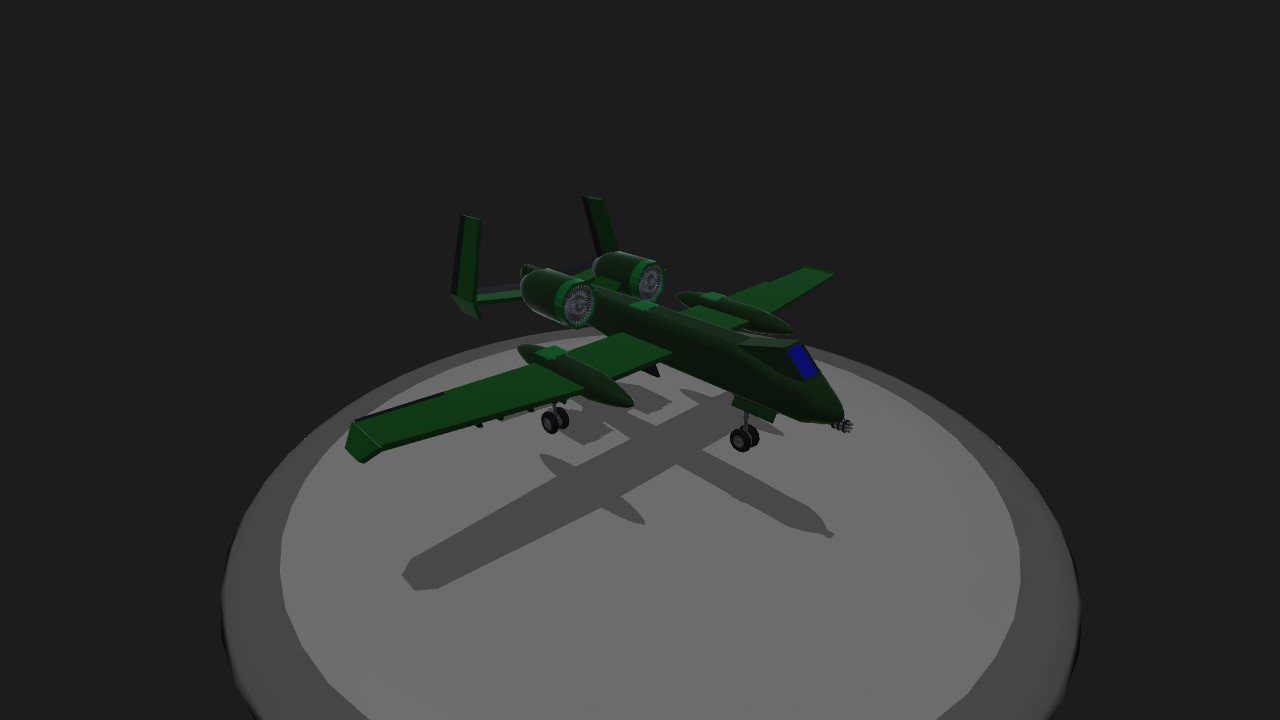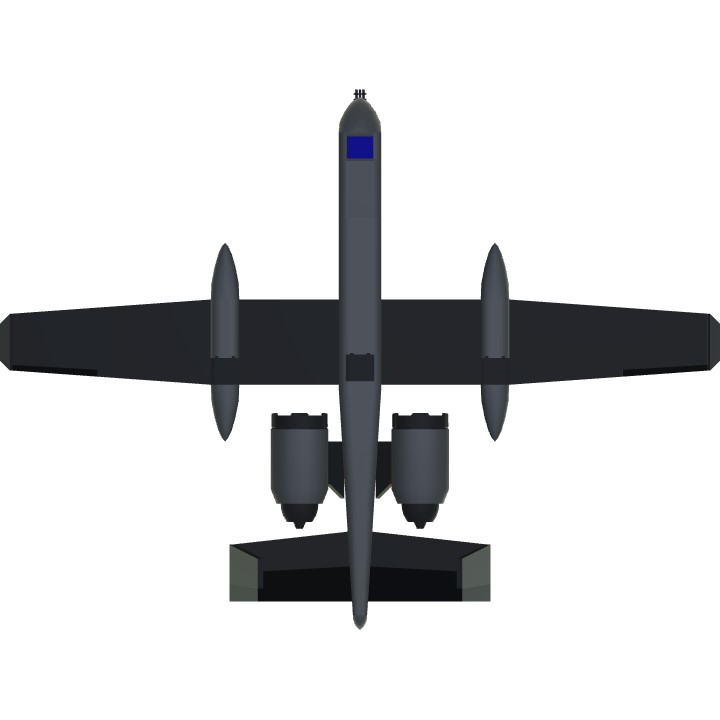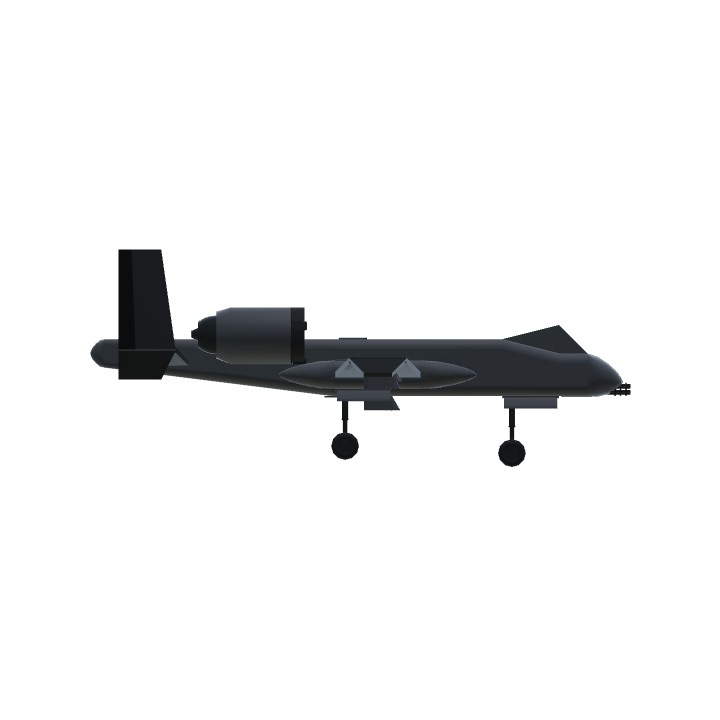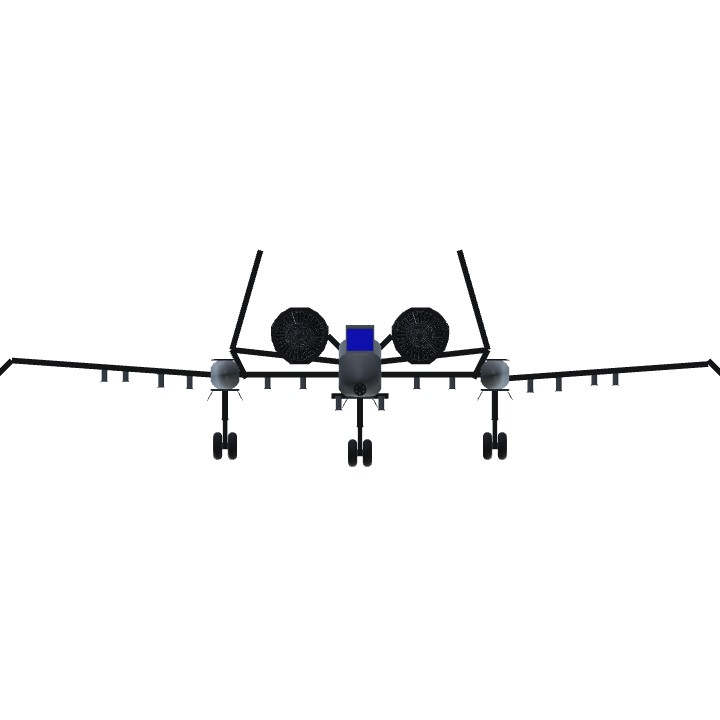"At first, we were skeptical about its potential. We were wary of jet aircraft in general due to our experience with the Hawk Attack. We were not disappointed this time. The new cannon on it was certainly powerful, able to take down bridges and kill tanks. The cockpit visibility was excellent, and it flew at the speed our Pummelers fly. You could carry more rockets, since we can now use fuselage racks for them. Our only complaint was that we didn't have these earlier." -Lt. Bedford, 8th Attack Wing.
The Boar Attack was the designated replacement of the Pummeler Attack. The Pummeler's combination of endurance, firepower and durability made it an excellent close-support aircraft, and saw extensive use. However, by the end of the Second Olympian War, many of the airframes were worn out, some with over 100,000 flying hours on them. While many were refurbished regularly, there was a limit to how much they could do so. In addition, spares were increasily scarce, for the Pummeler was out of production for a very long time, and spares were sourced from mothballed Pummeler Fighters. It was clear a new aircraft was needed.
The work of Erwin Martin, a former Pummeler pilot himself, the Boar was designed from the outset as a ground attack aircraft, to be serviced in the field.
Its unique placement of the engines ensured that if one engine was damaged, the other will not take damage as a result of fire. In addition, the pilot was seated at the very front of the aircraft in order to give him greater visibility. Every vital system was duplicated three times, to lessen the chance of complete failure of any system. Armor was applied wherever necessary, and can withstand direct 23mm armor-piercing munitions.
However, its biggest selling point was its powerful anti-material cannon, capable of destroying structures such as bridges. He found this capability important; most Pummeler pilots relied on the guns, and used other munitions such as bombs and rockets if they could so avoid.
The aircraft was a highly successful machine, and saw service during the later stages of the Third Olympian War, in limited numbers. There, it became legendary for its survivability, firepower, and endurance, earning its place as a rightful successor to the Pummeler to many pilots. Despite the successes, initial production was slow and both aircraft remained in service until the end. Pilots often referred to it as the "Flying Tank" where the Olympians refered to it as "Alecto" after one of the three Furies in Greek mythology. At the conclusion of hostilities, the aging Pummelers were finally retired and the Boar taking its place.
VTOL controls air brakes.
Specifications
General Characteristics
- Successors 1 airplane(s)
- Created On Windows
- Wingspan 41.6ft (12.7m)
- Length 31.2ft (9.5m)
- Height 12.4ft (3.8m)
- Empty Weight 9,865lbs (4,474kg)
- Loaded Weight 22,552lbs (10,229kg)
Performance
- Power/Weight Ratio 1.793
- Wing Loading 84.0lbs/ft2 (410.4kg/m2)
- Wing Area 268.3ft2 (24.9m2)
- Drag Points 3807
Parts
- Number of Parts 61
- Control Surfaces 6
- Performance Cost 310





35